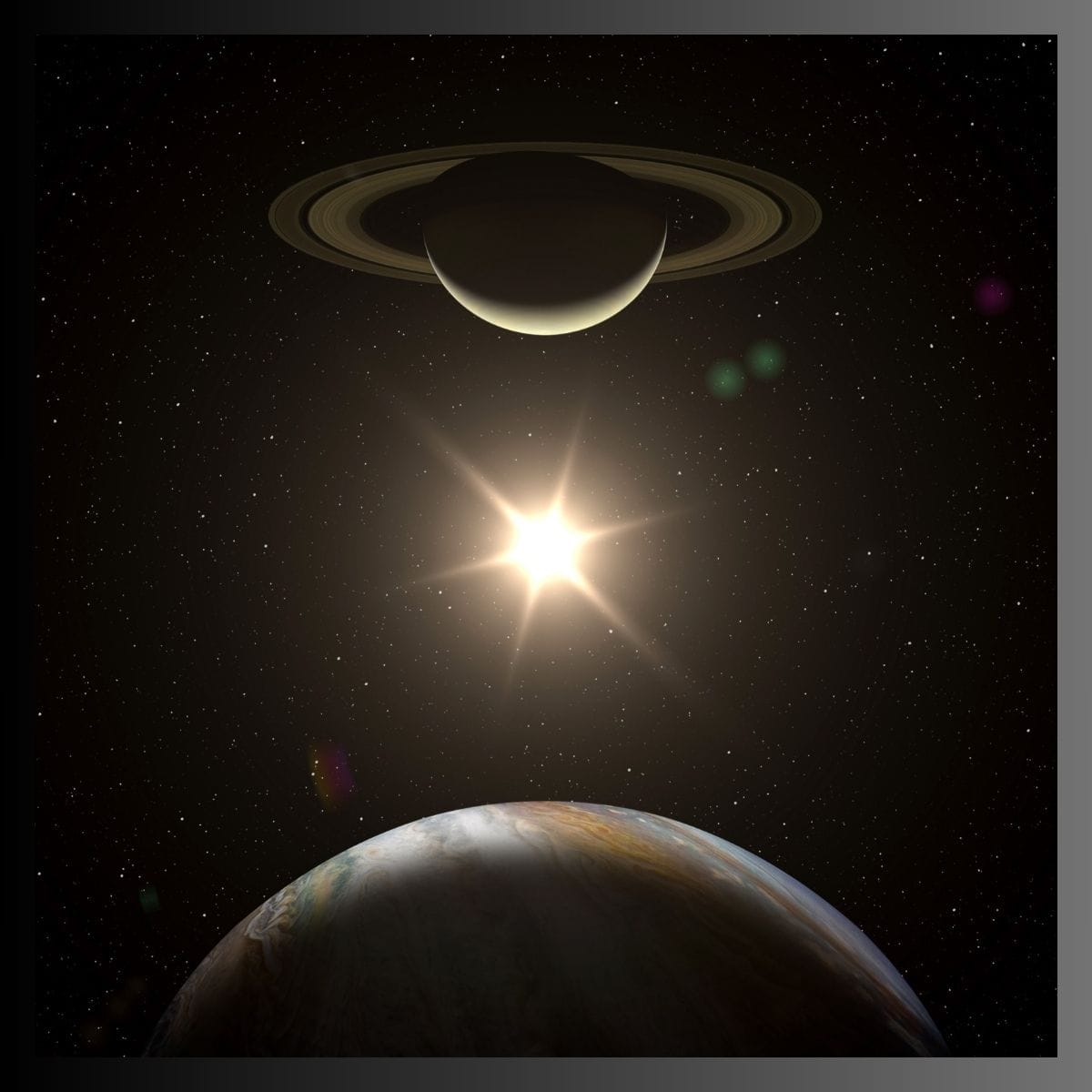Mary Finsterer’s stylistically diverse opera deftly interrogates the stories we have long been told about the great southern continent
It is hard to know what to expect of a new opera when every element – music, libretto, set design, stage direction, lighting, you name it – has been described in the superlative by every critic writing about it. I was on tenterhooks before Sydney Chamber Opera’s performance of Mary Finsterer’s Antarctica (libretto by Tom Wright) at the Sydney Festival, after its sensational premiere at the Holland Festival in Amsterdam last June. The high praise turned out to be justified but the performance left me with a new perplexity: how to describe it for readers. You really had to have been there.
Antarctica is a stew of contradictions: high-tech staging for a story set almost 200 years ago; music that wafts effortlessly between a rigorous modernism and Gregorian plainsong. The quasi-narrative asks us to view the great southern continent through the eyes of the 19th-century characters, even while grappling with 21st-century social change and the looming loss of the Earth’s natural environment. The universal comes out in the words of the libretto and the ethereality of the music, the particular in the emotions of the singers and the white-on-black text appearing as though by teletype on a giant screen behind the orchestra. The text is coded in the visual programming language TouchDesigner, using noise algorithms that randomly select and project fragments relating to place names, flora and fauna in the southern seas, stars in the southern skies, and nouns and phrases describing everyday objects, as well as emotive language representing the thoughts and feelings of each character.
The opera opens with three archetypal 19th-century characters – the cartographer, the theologian and the natural philosopher – studying a map found in an Ottoman archive that tentatively outlines a great continent south of the then-known world. The real-life map, compiled by the Turkish admiral and cartographer Piri Reis in 1513 from the records of Spanish and Portuguese explorers, imagined Antarctica 300 years before its discovery by Europeans. Each person considers the possibilities of the southern space according to their own preoccupations: mapping, spirituality and natural history. The cartographer persuades them to sail to it and find its dimensions, in a ship commanded by another archetype: the captain.
In her composer’s note, Finsterer writes, “Antartica is a library of hidden mysteries. Throughout the planet’s history, stories have been accruing – in the sastrugi of the surface, in the ice sheet, and in the rocks below, preserved under each new layer. A palimpsest of narratives, waiting to be excavated.” Her opera, she writes, deals with “historic, mythic, and scientific narratives flowing around the southern continent”.
When the explorers arrive into the snow and ice, they soon discover the remains of an earlier expedition whose only survivor is the daughter of the earlier captain. Her replies to their urgent questioning, together with the environment they find, fuel intense speculation on the possible past, the astonishing present and an unimaginable future.
Finsterer’s music is superb. Challenging and lulling in turns, it reflects the composer’s parallel interests in music from the Middle Ages and the Renaissance, and in 20th-century serialism and 21st-century electronic techniques. One moment it is dissonantly challenging, the next it is reminiscent of meditative liturgical music from a millennium ago. The singers handle the stylistic shifts consummately, delivering the ornamentation of early choral styles especially beautifully. Melisma – where groups of notes are sung quickly to embellish a single syllable – came long before the bravura ornamentation of baroque opera, let alone the fireworks of coloratura today, which are used less to grace the music than to show off the talents of celebrity singers.
The 14 members of the orchestra sat on chairs in the Carriageworks theatre, a small stage behind them forming the base for the tall, wide backdrop, which held two glass-fronted boxes high above the floor. A wider box contained the static action of the characters, up to four at a time, standing side by side wearing monochrome-coloured clothing in the white environment; a smaller one contained a single person at a time, mostly the young actor who personified the daughter (Hayden Holmes) even as her character was sung on the “stage”. The backdrop was a black screen, metres high, onto which the digitally generated words were projected.
The singers were flawless. Jane Sheldon – much loved for the purity of her soprano, which works to perfection in baroque opera – sang the daughter. Tenor Michael Petruccelli was surprisingly commanding, as well as light and fluent, as the cartographer. (We’re used to seeing tenors as sword-wielding, love-struck heroes in conventional opera, rather than persuading sceptical intellectuals of a plan.) They were joined by mezzo-soprano Jessica O’Donoghue (who also sings popular music) as the theologian, and soprano Anna Fraser (also known for singing baroque) as the natural philosopher. Some of the latters’ solo arias were sung with such euphonious melancholy they went straight to the heart, even as the words, sung in English, taunted our sense of responsibility to the world. The down-to-earth captain was sung by baritone Simon Lobelson with a voice that was equally lyrical, even if the captain’s thoughts were less other-worldly than his companions’.
The Dutch orchestra Asko|Schönberg, which specialises in contemporary (especially 21st-century) music, handled the score with ease under the baton of Jack Symonds, artistic director of Sydney Chamber Opera. The percussionist, Niels Meliefste, often stole the audience’s attention as he raced around between the huge variety of instruments laid out across a metres-wide space beside the other musicians, carrying his sheet music as he went.
Miriam Cosic is a Sydney-based journalist and author.












